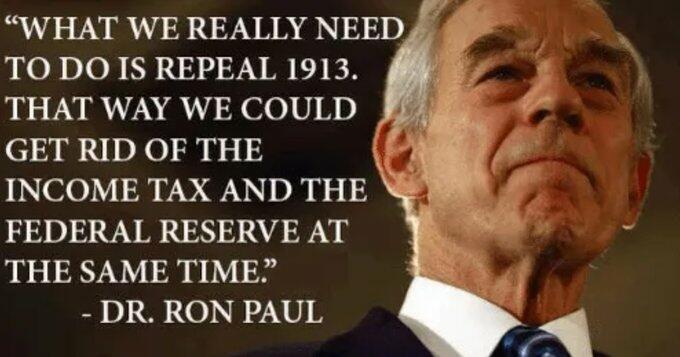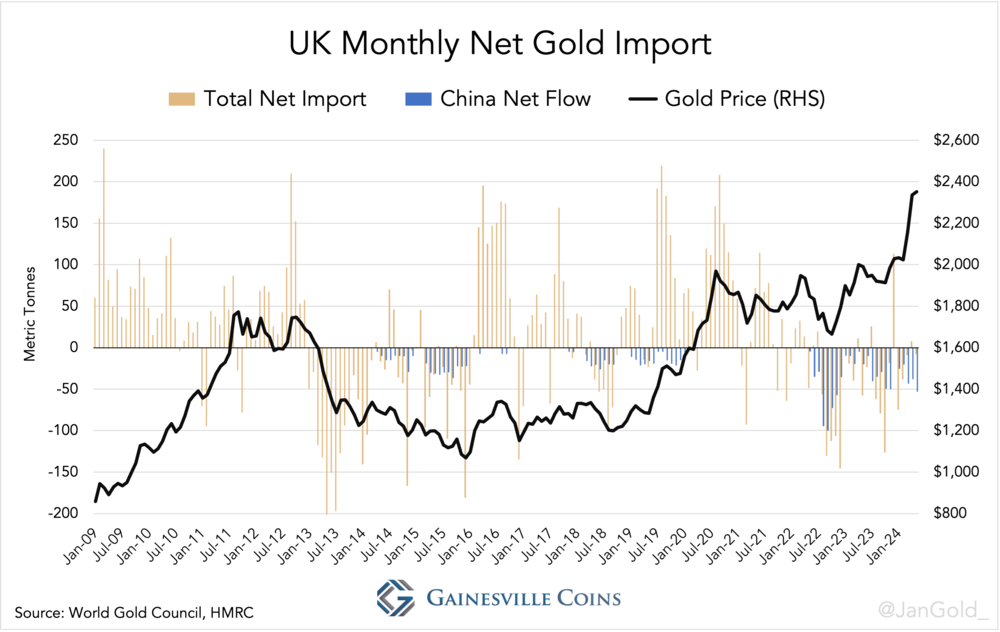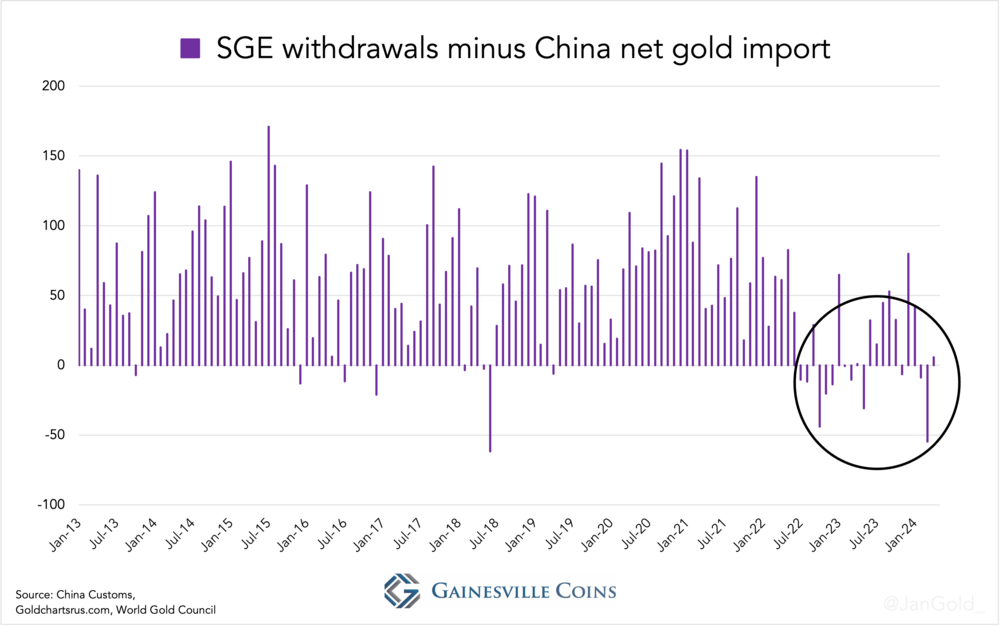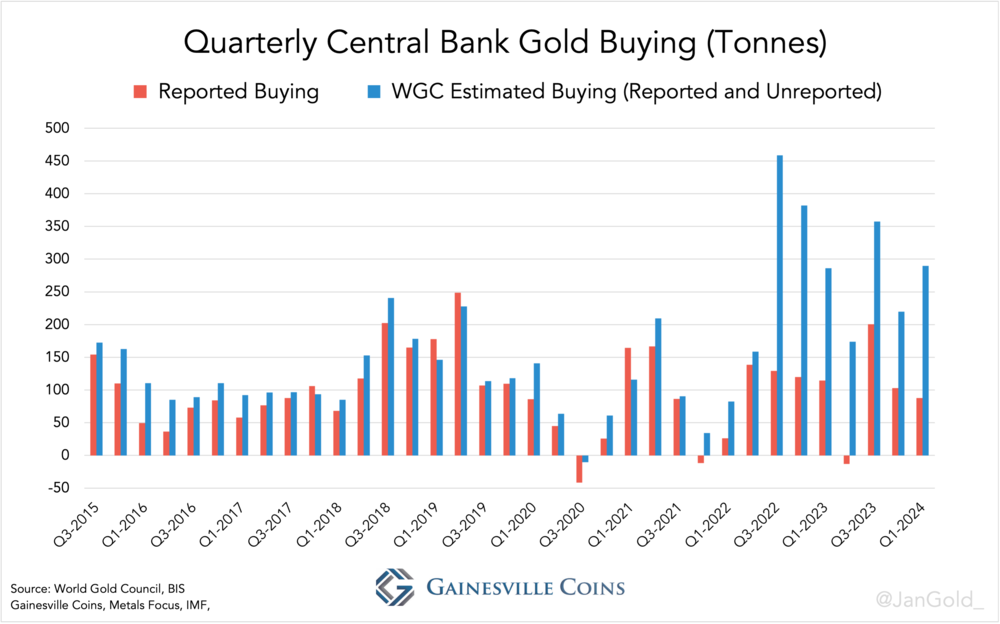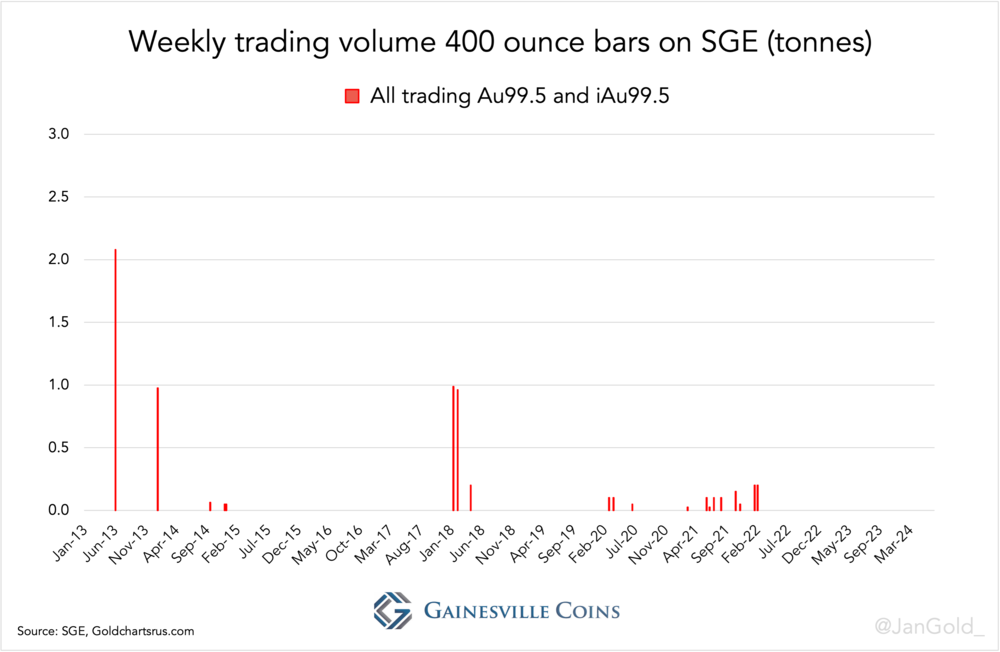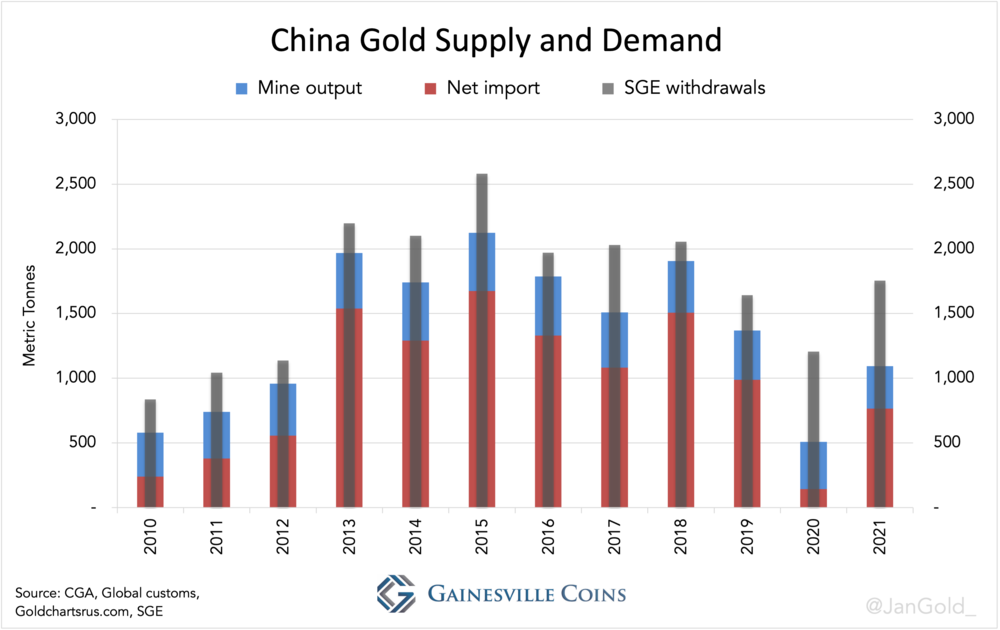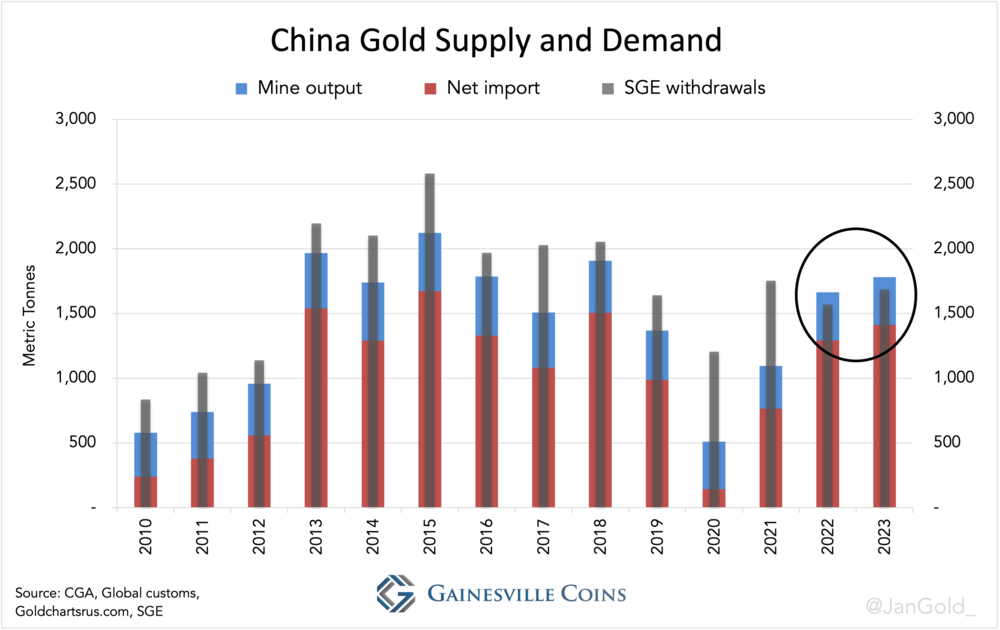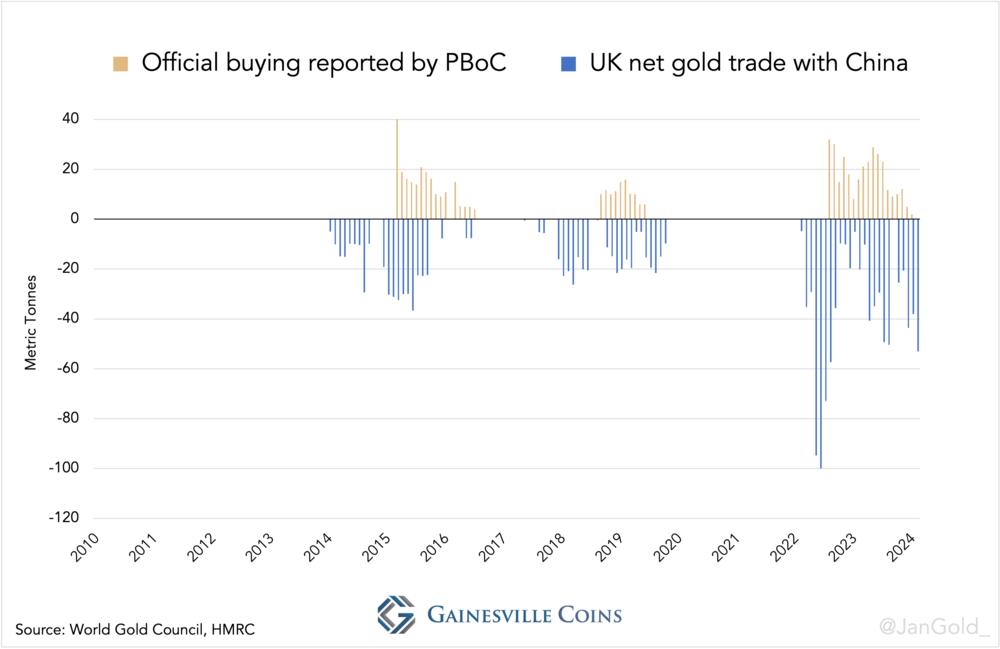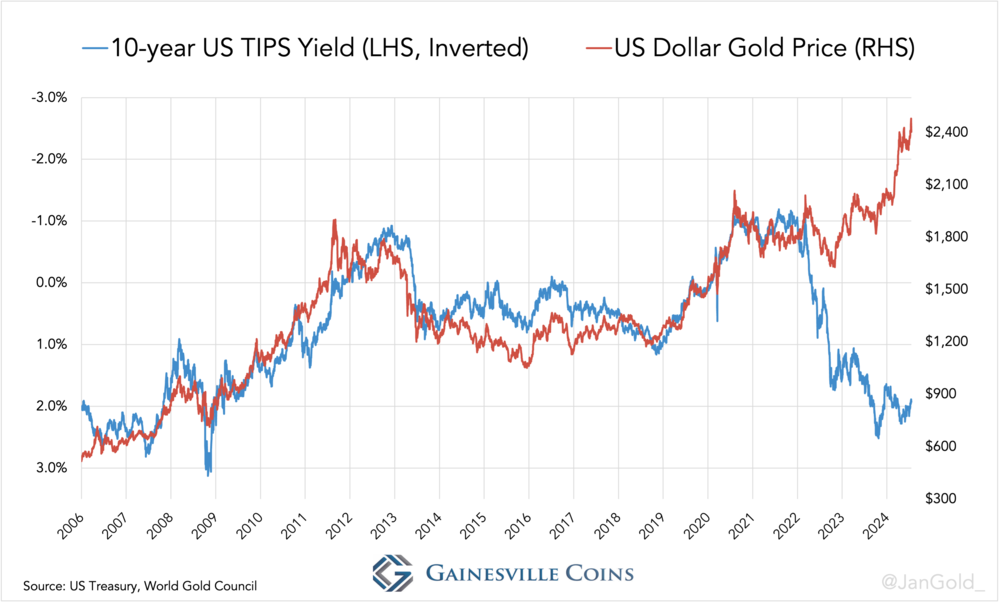It took them four-and-a-half years, but the IRS has issued final rules governing mandatory distributions from traditional 401k's, IRAs, and other retirement plans inherited in 2020 or later. To the great disappointment of beneficiaries and their financial planners, the agency embraced the most complex procedure possible as it interpreted a law passed by Congress in 2019.
The new rules apply when the deceased IRA owner was old enough to be making required minimum distributions (RMDs) of their own before they died. Currently, that requirement starts at age 73, but in 2020, it was age 72. It's scheduled to rise to age 75 in 2033. (Yes, we're only in the second paragraph and things are already getting knotty. Bear down.)
Good news: The new requirements do not apply to spouse beneficiaries, who will still be able to take over the inherited retirement plan assets and have them treated as if they had always been theirs. There's also forgiving flexibility for so-called "eligible designated beneficiaries," such as those who are disabled or chronically ill, minor children of the deceased owner, and others who are not more than 10 years younger than the deceased owner.
Other beneficiaries, however -- such as an adult child of someone who was of RMD age -- are now condemned to mandatory distributions over a 10-year period, with requirements to draw money out each year. It's not one-tenth of the account per year -- rather, the amount is driven by an IRS life-expectancy table. Those who miscalculate the amount, or who neglect the chore altogether, will be penalized 25% of the amount that should have been withdrawn, but wasn't.
The hassle springs from December 2019's SECURE Act, which, among many other retirement-account tweaks, killed the so-called "stretch IRA" -- which previously let beneficiaries minimize distributions by spreading them out over their life expectancies. The new law requires most non-spouse beneficiaries to completely empty an inherited IRA by Dec. 31 of the year containing the 10th anniversary of the account owner's death. For example, an adult child who inherited an IRA from a parent who died in October 2021 has until Dec. 31, 2031 to take all the money out.
When the law was first passed, tax professionals and financial planners assumed that people covered by that "10-year rule" would be able to take out as little or as much as they wanted until the 10th year, when the entire account would have to be emptied. However, in 2022, the IRS caused an uproar when it said it would force withdrawals every year. The agency then took about two years to reconsider its stance, only to end up imposing the same complex requirement via final rules posted in July.
The new provision applies to those who inherited an IRA from someone who died in 2020 or after. Between the SECURE Act's passage in 2019 and this summer's announcement, countless beneficiaries were subjected to a multi-year, rolling bureaucratic fiasco, unsure what they were supposed to do. In a rare display of mercy, the IRS said it wouldn't penalize anyone who didn't take a required distribution in 2021, 2022, 2023 or 2024.
In 2025, however, it's game-on, and affected beneficiaries will have to start taking RMDs. There's no need to "make up" for the years when the IRS waived the penalty, and the 10-year clock is still based on the year of death. (Remember, if you inherited an IRA from someone who died in 2019 or earlier, these new rules do not apply to you.)
It could be in your interest to take out more than the RMD. For example, if the account is big enough, a large, single withdrawal in Year 10 could push you into a higher tax bracket, or have a domino affect on other elements of your tax return that key off your adjusted gross income. Then there's the question of what future tax rate you'll be subjected to in a late-stage empire that's $35 trillion in debt -- as the pending Jan. 1, 2026 expiration of the Trump-era tax cuts swings in the balances of the November election.
In the first few years after the SECURE Act passed, many financial institutions threw up their hands on inherited IRA RMD calculations, merely telling investors to ask a tax advisor. Now, they're starting to come around. Vanguard, for example, offers an online, inherited IRA RMD calculator that anyone can access.
As always, the maddening complexity of the income tax makes us wish 1913 never happened...
